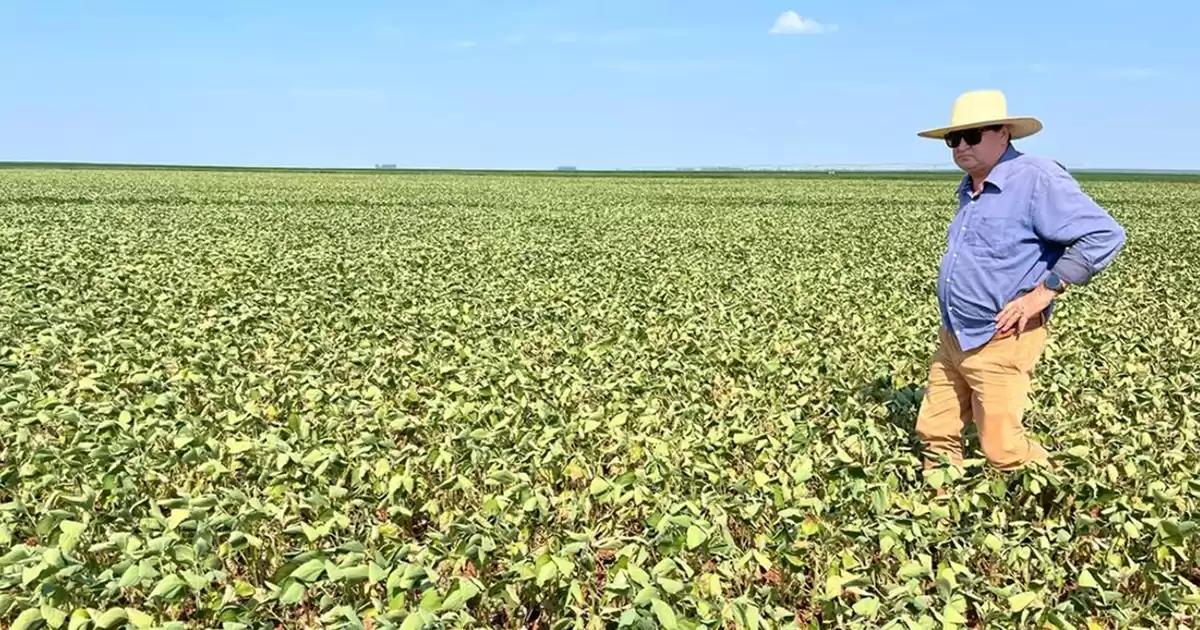Brazil bad weather boost 2024 corn prices
Brazil's soybean crop is struggling due to drought, with replanting likely. The heat and dryness are affecting other areas as well.
Soybean farmers in Central Mato Grosso, Brazil are facing significant challenges as they continue to plant their crops in unfavorable conditions. Currently, Brazil's soybean crop is nearly 65% complete, which is about 10% behind the five-year average. Mato Grosso, which represents 27% of Brazil's soybean production, is nearing the end of its planting season, with approximately 95% complete. However, there are increasing reports that as much as 20% of the state will need to replant their crops due to the lack of moisture.
The forecast for the Central West region, where Mato Grosso is located, shows a scarcity of moisture and extremely high temperatures. This has led to a stressful situation for soybeans in the area. Although there is some hope for precipitation beginning next week, the damage has already been done. The delayed planting of the replanted areas could result in lower yields, and the prime second crop corn areas may not get planted at all.
The impact of the drought is not limited to Mato Grosso, as neighboring areas such as Goiás, which represents 10% of Brazil's soybean production, are also experiencing adverse conditions. The situation is further exacerbated by the oppressive heat, with temperatures reaching up to 110 degrees in some areas. This has led to limited impact from 1-inch rains due to high evaporation rates.
The overall sentiment among producers is gloomy, as they are facing uncharted territories with historically unprecedented drought conditions. The situation has been described as the worst start to the growing season in the history of Mato Grosso, with soybean fields essentially dying. The long-term forecast contradicts the short-term improvement, showing extended dryness and heat.
Meanwhile, Southern Brazil is experiencing the opposite problem with excessive rain, which is not favorable for the first crop corn. Argentina, on the other hand, currently has the best growing conditions in South America.
The impact of the drought on Brazil's soybean crop is expected to have global implications, with analysts downgrading Brazil's crop by 5 MMT or 183 million bushels. This has led to concerns about the global soybean market and the potential need for revisions to soybean crop estimates. The U.S. ending stock boost in the WASDE report may be overshadowed by the significant losses in Brazil's crop.
Overall, the situation in Central Mato Grosso and other soybean-producing regions in Brazil is dire, and the implications of the drought are likely to be felt on a global scale. The challenges faced by soybean farmers in Brazil highlight the vulnerability of agricultural production to adverse weather conditions and the potential impact on global food supplies.











Comments on Brazil bad weather boost 2024 corn prices